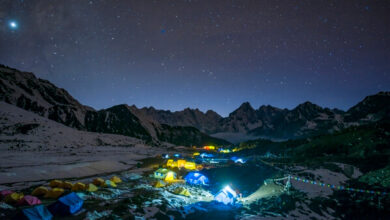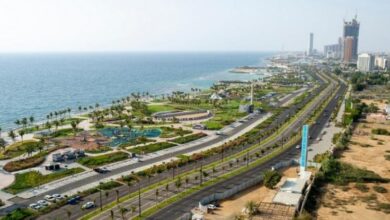Climbing Mount Kilimanjaro : The Highest Peak of Africa
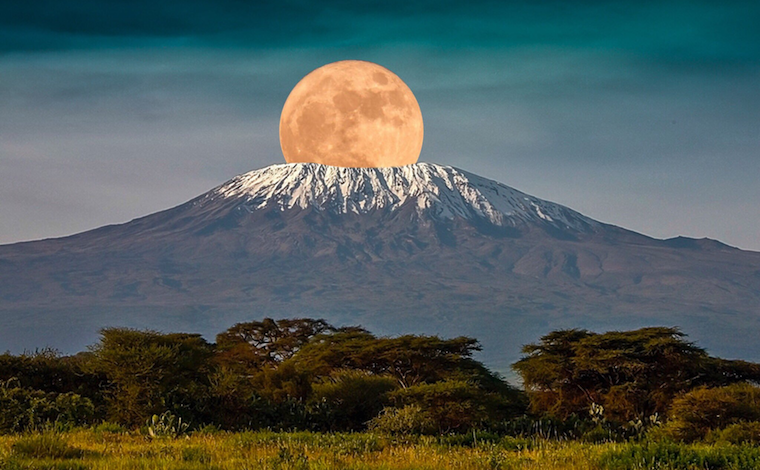
The earliest attempts to climb Kilimanjaro, the highest peak in Africa, just three degrees south of the Equator were met with defeat as the climbers did not have the equipment to handle the snow and ice they found towards the summit. Actually the mass also known as Kilimanjaro (which probably means Great Mountain) is composed of three volcanic cones, Kibo, Mawenzi, and Shira. Located in Tanzania, not far from the northern border with Kenya, this iconic mountain stands 19,341 feet above sea level. This may seem puny compared to Everest’s 29,029 ft. However, as the base sits on the East African Plains, the ascent takes climbers up 16,732 ft. It is in fact the highest free-standing mountain in the world (Mount Fuji is only 12,389 ft.)
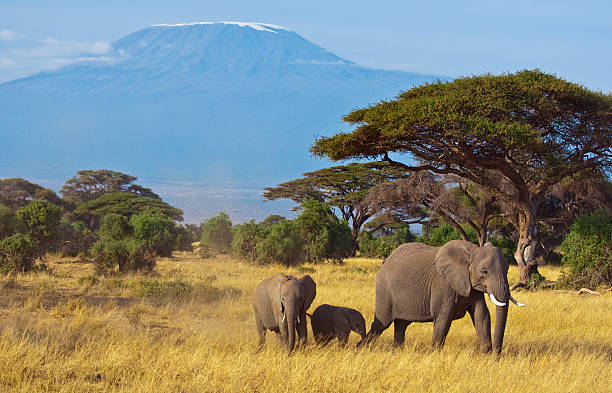
The climb is daunting and both trekkers and guides die each year from falls or hypothermia. It is easy to think that the climate of equatorial Africa will make the limb easy, but the peaks are well above the level at which high altitude pulmonary or cerebral edema can occur.
Real Also – Cape Town Beaches in South Africa
All trekkers can expect to suffer considerable discomfort during the climb, typically hypothermia, shortage of breath and headaches. This discomfort can be minimized by taking the time to acclimatize to the altitude, and most trek organizers recommend that a climb should last for seven to eight days. It is not an easy walk up the side of a mountain.
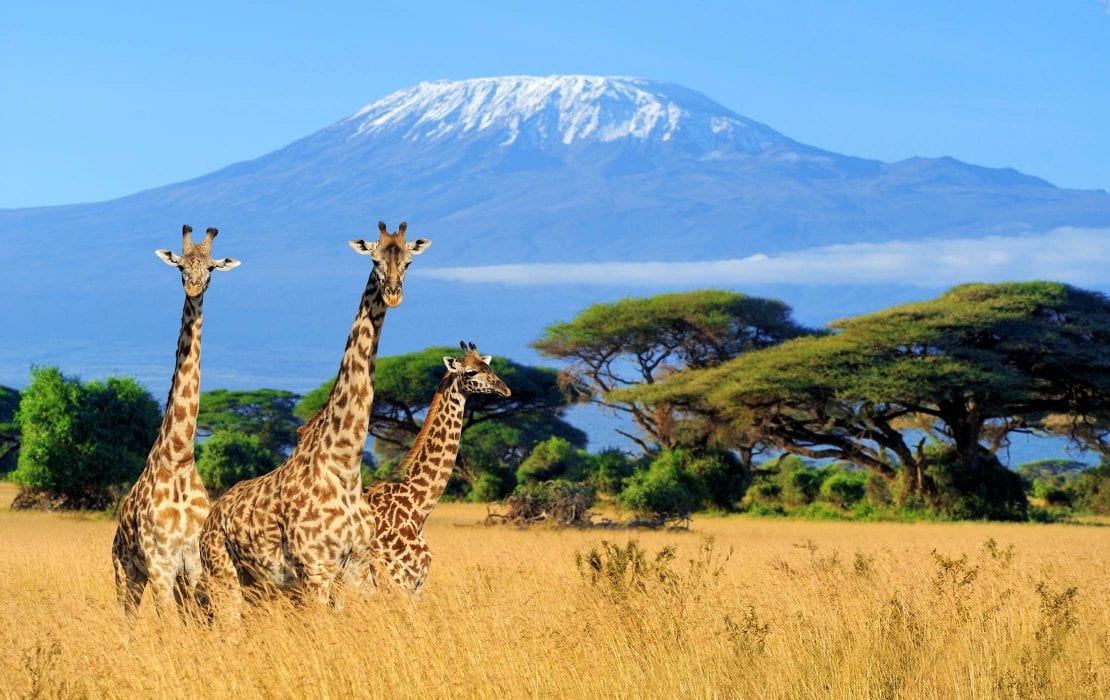
Because of the altitude, getting to the top of Kilimanjaro is never going to be easy, but our changing climate means that the snow and ice at the top are diminishing with alarming rapidity. While this may make life easier for future climbers, it may well prove catastrophic for the farmers on the lower levels of the mountain who rely on snow melt to water their fertile fields. They do not, however, have to worry about being forced from their homes by ash and lava: while still dormant, Kilimanjaro has not erupted in living memory.
